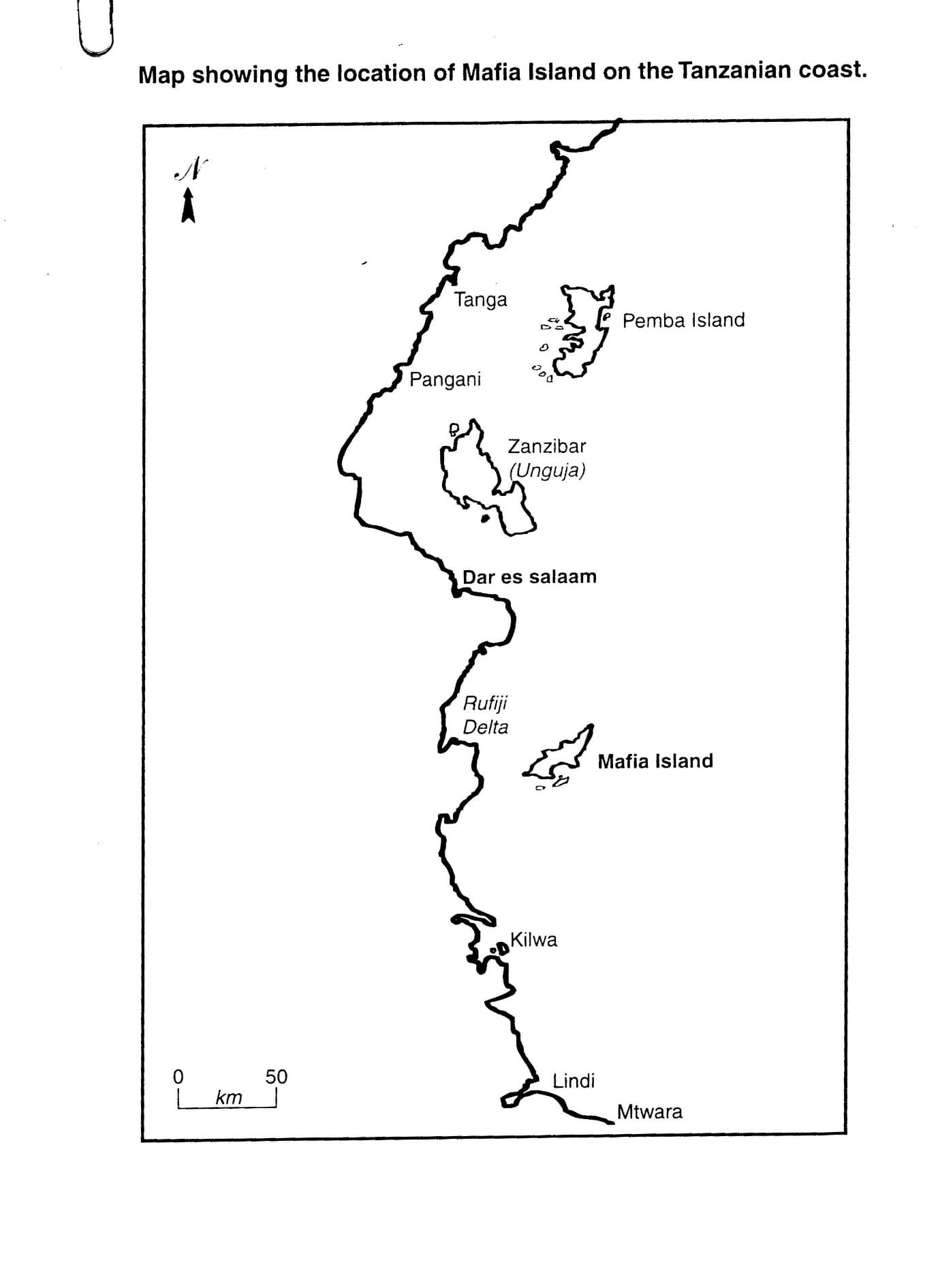As is shown below, the first Mafia Island website was put up in 2002 after my fifth fieldwork visit to the island. It was available in both English and Kiswahili. It was revised in 2004 after another visit, and a Historical Photo Gallery was added in 2010 after my last visit there.
Between that time and the present, the website disappeared due to the changing systems and protocols on the Goldsmiths college website. However, it is still viewable in both English and Kiswahili on an archive site.
I decided to revive the site as a historical document of Mafia as it was during the first decade of this century. In doing so, I have adjusted tenses in the text and added more photos. Unfortunately, I have not been able to translate the text into Swahili.

As I am no longer able to travel there anymore, I am dependent on letters from friends and from information on the world wide web to what changes have taken place since my last visit.
It should be noted that recourse to English-language e.g. googling ‘Mafia Island’) gives relatively little information about matters other than hotels and tourism, but that using Swahili sites (searching under ‘Kisiwa cha Mafia’) turns up a great deal from local newspapers and television clips on YouTube which gives a few indications of how Mafia has changed in the last few years.
Please see maps of the Mafia Island
Mafia Island in 2002-4
Mafia Island, Tanzania, lies off the mouth of the Rufiji River in Southern Tanzania. It is one of the least developed parts of an undeveloped country, yet it has been and continues to be part of important historical processes. It is 30 miles from north to south and up to ten miles in width. It is thus about half the size of Unguja (Zanzibar) Island to the north, and, like Zanzibar, is a raised portion of the continental shelf, not a coral island.
Although its spectacular marine life is becoming increasingly well known, especially since the setting up of the Mafia Island Marine Park, little other information in English is widely available. Using search engines tends to bring up sites which represent the island as a tourist paradise.
In 2002, when I put up the first website, Mafia’s infrastructure was poor, even by Tanzanian standards. It had electricity only in the district capital Kilindoni and in Utende, the main tourist area. There were few houses which had running water. Travel to the island was either by small aircraft from Dar es Salaam, at a cost which beyond the reach of most islanders, or by sailing boat to Kisiju, the nearest point on the mainland, and thence by lorry or bus to Dar es Salaam. Even today this journey can be both lengthy, precarious, and uncomfortable but it is the one which most islanders are forced to use. In 2002, the few roads on the island were in poor condition and there was a paucity of vehicles, which meant local people relied primarily on bicycles or walking.
By 2002, each village had a primary school, while the first secondary school had been established in 1994; since then another half dozen have opened. The island has a small district hospital in the District Capital Kilindoni, and this has been refurbished in recent years.
The vast majority of Mafia’s population is extremely poor. The major cash crop, coconuts, has a fluctuating price on both world and local markets. The island, like much of the rest of coastal Tanzania, regularly suffers from drought. While artisanal fishing has become increasingly important since the late 20th century, it is restricted in the south of the island within the boundaries of the Marine Park .
In 2002, Mafia had no newspapers, bookshops or libraries, and people were primarily dependent upon the radio for information about the world beyond the East Coast of Africa. However, modern telecommunications were beginning to be available, such as the first satellite dishes which appeared in a few public places, enabling TV reception. Around this time a mobile telecommunication network was introduced, although initially the cost was far beyond the reach of most islanders except a handful of government servants.
But in 2004, the first two internet cafes utilising satellite technology were set up, one in the district capital Kilindoni, and the other in one of the hotels in Utende. This gave new communication possibilities to local people, including using the web for information, not least about their own island.
